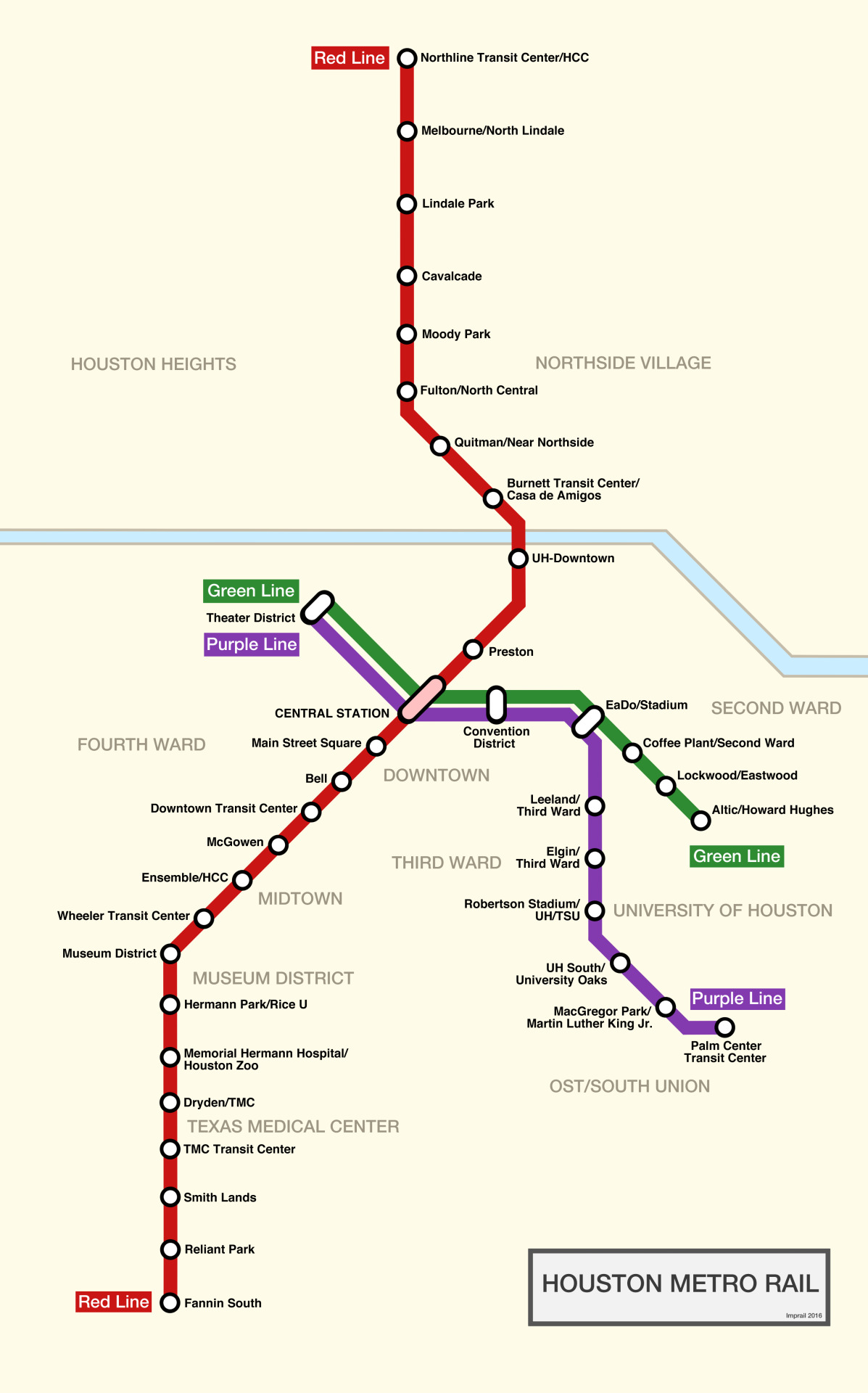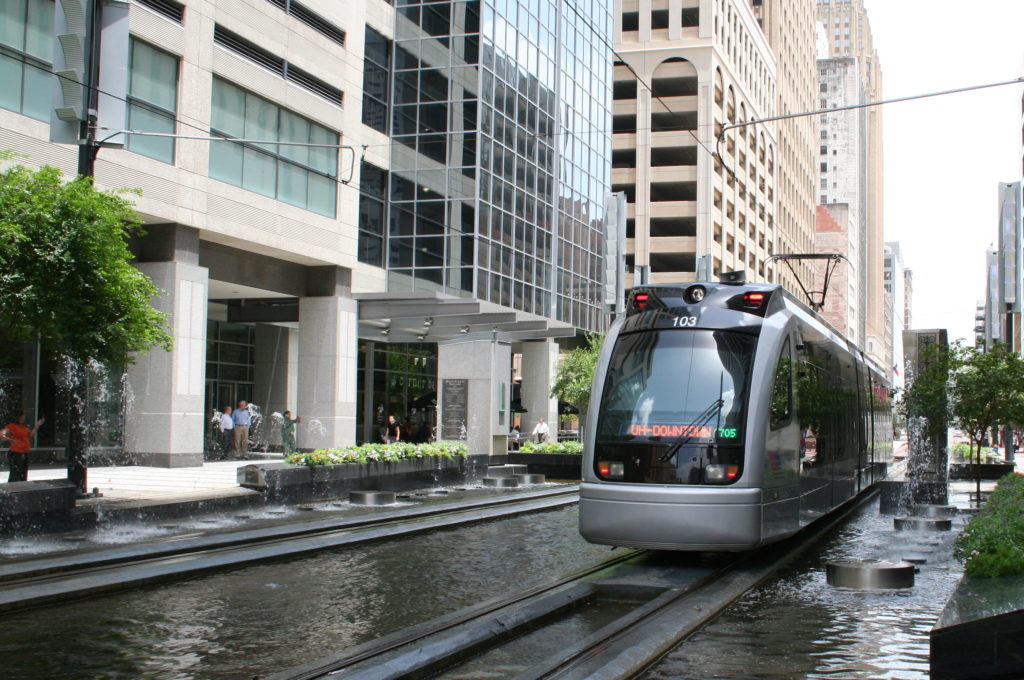

In Stage 1, 40 mi (64 km) of rapid transit routes would be built, including fixed rail lines serving the southwest, west, and northeast parts of Houston (with a downtown subway), and three bus-exclusive lanes along the North, Gulf, and South freeways. Voorhees and Associates, largely laid out along the radial spokes centered in the Inner Loop, tracing the city's major freeways. Rapid Transit Lines, the successor to HCSR and Houston Electric, proposed a rapid transit system as a long-range project under the 1971 "Transit Action Program" (TAP), developed by Alan M. The monorail ceased operation in September of that year and subsequently was moved to Fair Park in Dallas for the Texas State Fair, where it continued to run until 1964. : 42Ī 'sample' monorail line was built in Houston in 1955 the Trailblazer operated over a 1,600 ft (490 m) line at Arrowhead Park with a peak speed of 10 mph (16 km/h), starting on February 18, 1956. : 42 : 87–89 The last streetcar completed its run early in the morning of June 9, 1940, and the rails were later removed and scrapped during World War II. : 42 : 86–88 Several streetcar lines were converted to conventional bus lines in 1936, and the right-of-way for the Interurban was sold in 1940, later being reused for the Gulf Freeway. : 38 : 88 However, the popularity of privately-owned automobiles began to displace demand for streetcar service and the system stopped expanding after 1927. : 37 : 70–71 HCSR was acquired by the Houston Electric Company in 1901, which was managed by Stone & Webster and continued to expand the service, : 37–38 : 76 including the start of interurban service to Galveston provided by the affiliated Galveston–Houston Electric Railway : 7 in 1911.

: 37 : 70īy 1892, electrification of the existing streetcar lines was complete and extensions began past the immediate downtown/central Houston area (within a 1 + 1⁄ 2 mi (2.4 km) radius of the Harris County Courthouse), including the Houston Heights suburb, which was developed by Carter and required streetcar service due to its distance from central Houston. : 69 A new competitor, also named Bayou City Street Railway, was founded in 1889 the new Bayou City was purchased and consolidated into HCSR in 1890 by Oscar Carter, who also announced plans to electrify the system. A competing service, the Bayou City Street Railway, was started in 1883 with a single route along Texas Avenue, but it was purchased and folded into HCSR later that year. : 35–36 Because of its slow speed and light passenger traffic, the nascent line foundered in 1869 : 36 : 68 it was succeeded by the Houston City Street Railway (HCSR), which was founded in 1870 and began revenue operation in 1874 with routes following busy merchant districts along Congress Avenue and Main Street, the latter of which ran to one of the first sites of the Texas State Fair : 36 : 68 the area was subsequently developed and is now Midtown, Houston. : 33 The first streetcar service was a horse-drawn railcar operated by the Houston City Railroad Company along McKinney Street. Streetcars operated in Houston from 1868 to 1940.

METRORail is operated by the Metropolitan Transit Authority of Harris County (METRO). METRORail ranks as the second most-traveled light rail system in the Southern United States and the 12th most-traveled light rail system in the United States, and has the highest ridership per mile for light rail systems in the Southern US. In 2021, the system had a ridership of 8,977,300, or about 36,300 per weekday as of the second quarter of 2022. METRORail is the 22.7-mile (36.5 km) light rail system in Houston, Texas (United States). Metropolitan Transit Authority of Harris County Southbound two-car Siemens S70/H1 METRORail train on Red Line, departing downtown Houston (2007)


 0 kommentar(er)
0 kommentar(er)
